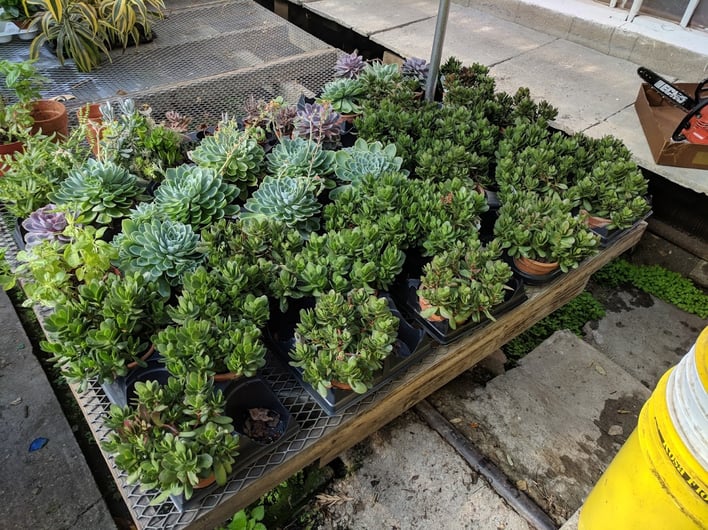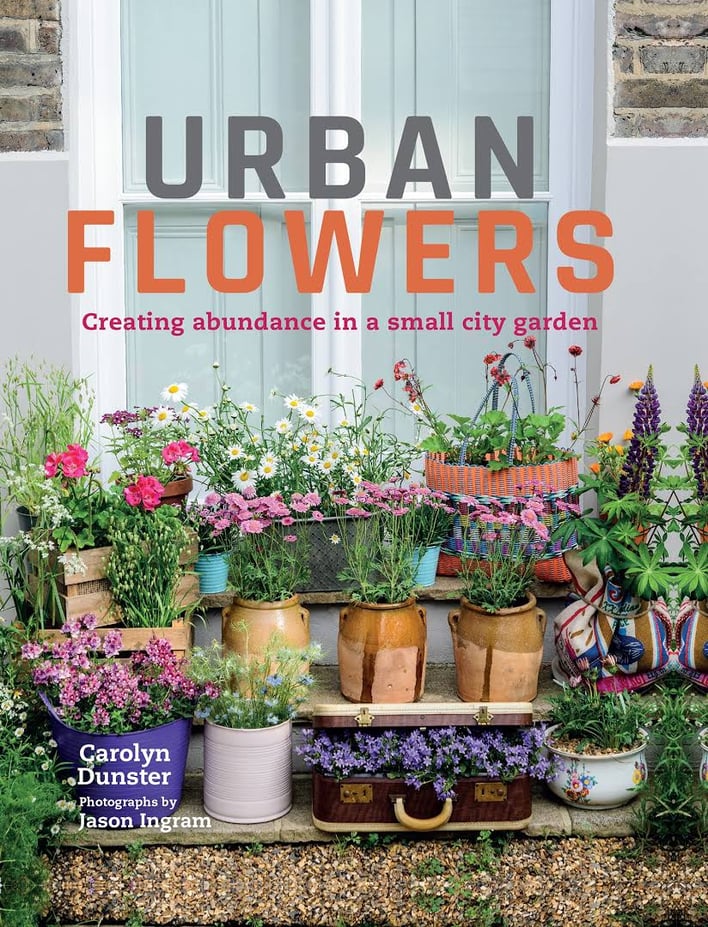So, there’s a ton of people out there who love flowers. I’m certainly one of them. There’s also a ton of people who want to become a florist. Yes, I was also one of them. Then there’s a ton of people who think just because you love flowers, becoming a florist must be easy. Here’s where you lose me… By a show of hands, who out there has ever browsed a flower shop, viewed the arrangements made by professional designers and thought to themselves, “Hmmm… I can do that!” Now right off the bat- I’m willing to admit that there is a small segment of this population who is capable of replicating these florals but the hard truth is-most cannot. It’s a belief amongst some that professionally arranged flowers are overpriced and simply just not that hard to whip up yourself. You see this with a lot of brides trying to save a buck or two or party hosts who believe their floral talents are just as good as the real deal. Well, maybe you will get lucky and prove to pull off the impossible! There is a select group who is able to pull off the wedding of their dreams by asking bridesmaids to give up their Friday night to stuff roses in oasis and who knows-they might even come out have decent… ?

But trust me- if you have thoughts of playing these odds, I’d cash in your chips ahead.
Realistically, playing designer is actually really, really, really, HARD. Many of the best in the Boston area have gone to college just to study the ins and outs of the industry, including floral varieties, seasonal availability, horticulture aspects, architectural theory and creativity techniques. Most of the desired designers have several years training or have been mentored by a seasoned staff member. There’s also the business end of things behind these beautiful little buds which is incredibly important to understand when serving clientele. They’ve learned how not to “age” a bloom” by over touching and what makes “sense” when arranging with a multitude of different varieties. My point is- more often than not, save yourself the hassle, expense and disappointment by doing your own arrangements for an important event.
If you’re going to ignore this advice- I’d read the rest…

Ok- I get it. You’re not taking NO for an answer and are hell bent on making your own centerpieces for your bridal event or party. If this is you- just think about these tips that might save you the pain and agony of having a total floral meltdown right before your special day.
To Avoid “The MESS”
When you spend too much time trying to jam stems of flowers together and then end up taking them out over and over again, it’s likely your piece just looks like one big mess. To cut back on the likelihood of this happening, make sure you have the right height vase with the length of stems you want to use. Tall arrangements need a 10 to 12-inch cylinder, rectangular or flute shaped vase while shorter bouquets are great with low lying bubble vases. Having the perfect height will cut back on “rearranging” pieces and protect against the petals from aging too quickly.
Make Your Colors Make Sense!
No, it’s a vicious lie that all flowers are beautiful so that must mean they all go together all the time. WRONG! There’s a lot of thought that goes into professionally made color palettes, making it of great importance to pre-plan beforehand. If you like blush tones, then purchase blooms of the pastel realm or if you prefer bright styles, stick to the straight rainbow spectrum shades. Mixing and matching sound like a good idea but more often than not- the arrangement just won’t make eye appealing sense.











